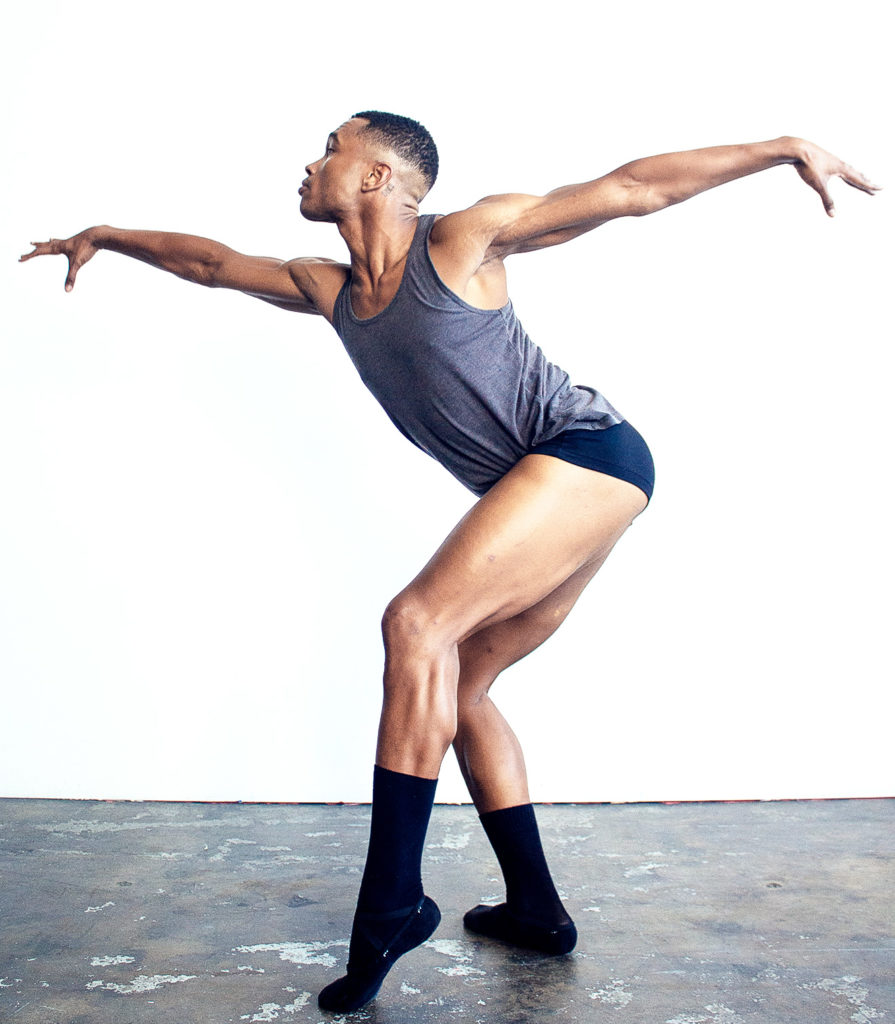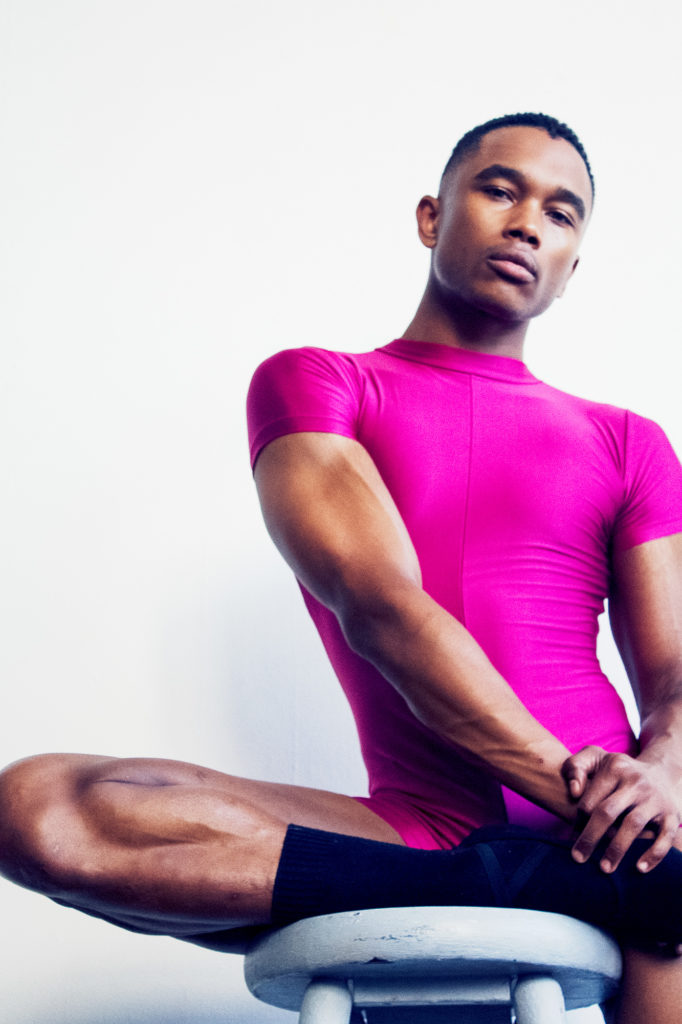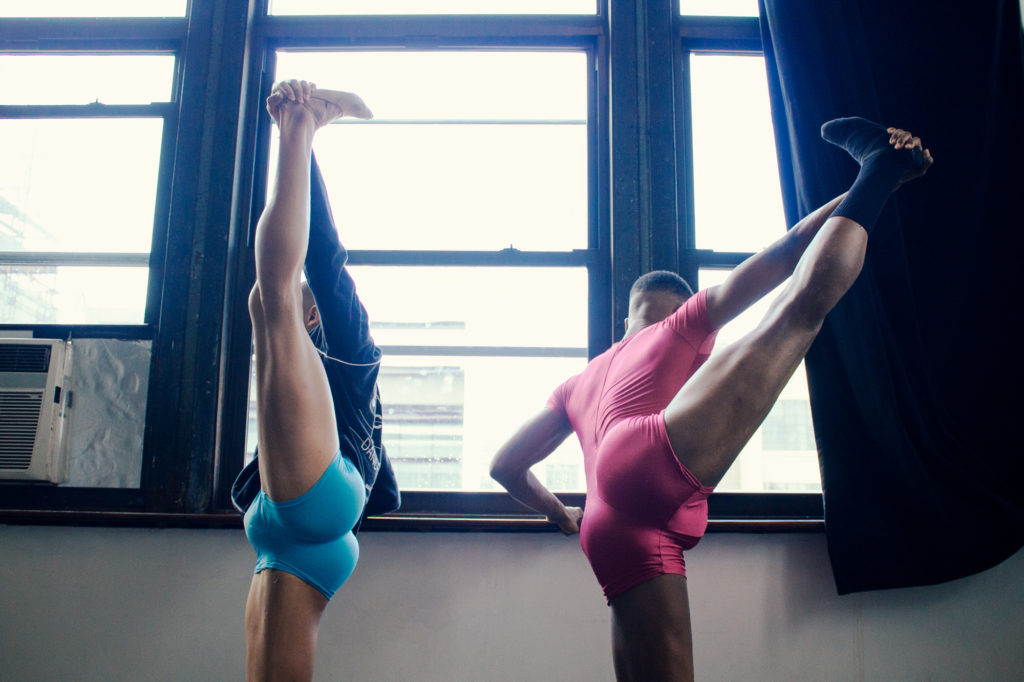Kelly is a late-twentysomething St. Louis native giving New York City all he has to offer.
If you asked why he dances, he’ll respond quite honestly, “ I fell in love with it from the jump. Making up dances in the basement. Making up dances at cookouts with cousins and then slowly getting into my community centers from the street.” He continues, “Everytime the music comes, I innately want to move.”
If the job of dancers is to make movement look easy and effortless, then Kelly is a bonafide pro. But that isn’t why he dances. It’s much deeper than that. “Everyone’s story can touch someone in some type of way. Your story doesn’t have to be heart-wrenching or overly inspiring, it can just be relatable.
The older I get and the more mature I get as an artists, I see you can reach your goals through hard work and resilience, and that that journey can be inspiring and help others. I [dance] to express myself, my background, what I’ve experienced, and how it isn’t how everyone said it was going to be.”
A member of the prolific, world-renowned Complexions Contemporary Ballet founded in 1994 by the Choreographer and Dance greats, Dwight Rhoden and Desmond Richardson, Kelly knows what it means to use his artistry to not only move but redefine traditions, especially when it comes to masculinity.
A dance company known for its impeccable ability to transcend, critique, and reimagine the realms of possibility through movement, Kelly uses that specialty to rethink what it means to be a male dancer, starting with masculinity.
As he explains, “There’s not one way to be masculine. There are different ways of being masculine, from how you were brought up to what you are being told of is being masculine and your perception of it.” And in no way does Kelly allow himself to be enslaved or restricted by societal limitations of what is and isn’t considered manly.
“For me, dance is liberation,” Kelly reveals. And as you watch him move, it becomes clear that what you’re witnessing isn’t just a dancer–if there is such a thing–but an artivist. Someone dedicated to using his artistry to invoke change in the hearts, minds, and spirits of all he encounters on the necessary path to change.
And as he confidently quotes Nina Simone, saying, “How can you be an artist and not reflect the times?” he shows us that in that choice to reflect we must also demonstrate what is possible in our bold ability to be the change we need in the world.
Kelly proves that #WhenMenDance they show us the true face of liberation. That freedom is not just a choice but a lifestyle, using our best selves to show the limitless potential in all of us.

Kelly’s Full Story
Art, life, and dance are all connected. Like Nina Simone says, “How can you be an artist and not reflect the times?” I want them to know they should go for it now, while they can. It is possible. It starts with believing yourself, even when you are questioning yourself and other people are questioning you. It starts there.
It’s necessary to have a campaign like this because I still feel that dance is still confined to what people might think it is and by media. This is important, especially for men, because it is saying there is a role for men in the world of dance. It isn’t compromising your masculinity or where you come from, it will utilize it. As men, we are hired for that, and asked to embody who we are. Sometimes that is blurred but it is often the focus in gendered movement. It is all about the art.
With dance being a performance art the possibilities are endless. For those who are not artists, it is an opportunity to show them that this is a serious art form, be who you and and where you come from, and you’re able to play with it. Bringing awareness to these possibilities and options in a different way will allow it to reach that national conversation.
I dance because I’m in love with it. I am in love with dancing. I fell in love with it from the jump. Making up dances in the basement. Making up dances at cookouts with cousins and then slowly getting into my community centers from the street.
And I was a street kid dancing on the corner and then I got into my actual training, so on and so forth. And every time the music comes, I innately want to move, and so it’s like, give dance a try. Let’s channel it into something and see where it can go… And I’m here.
There’s not one way to be masculine. There are different ways of being masculine, from how you were brought up to what you are being told of is being masculine and your perception of it. I just feel that masculinity in dance is all the same. There are masculine traits in dancing but there’s also an effeminate quality that you can experiment with. And then there are females with a few character traits who are masculine.
But it’s not one way–there are different ways. And you being secure and confident in that, and not being influenced by an old school value of being masculine or what masculinity is becoming, it’s just you are who you are. You don’t concentrate on that. Therefore, being masculine is your own interpretation and a reflection of how you’ve been brought up, and as well as what you’ve experienced.
For me, dance is liberation. I feel complete when I dance. I feel I am anointed to dance, so why not use your gift. It is something that I’m very passionate about and I want to go deeper into my artistry as well as present it and move it forward.
Like I said before, I’m in love with it. And I feel this is a merge of what I want to do and have to do to make a living. Not very many of us who pursue careers in the arts get to live that dream. That’s why I continue to dance.

